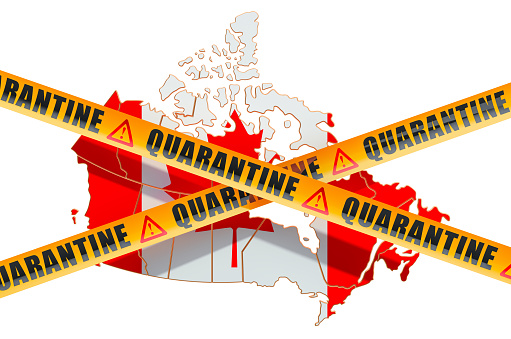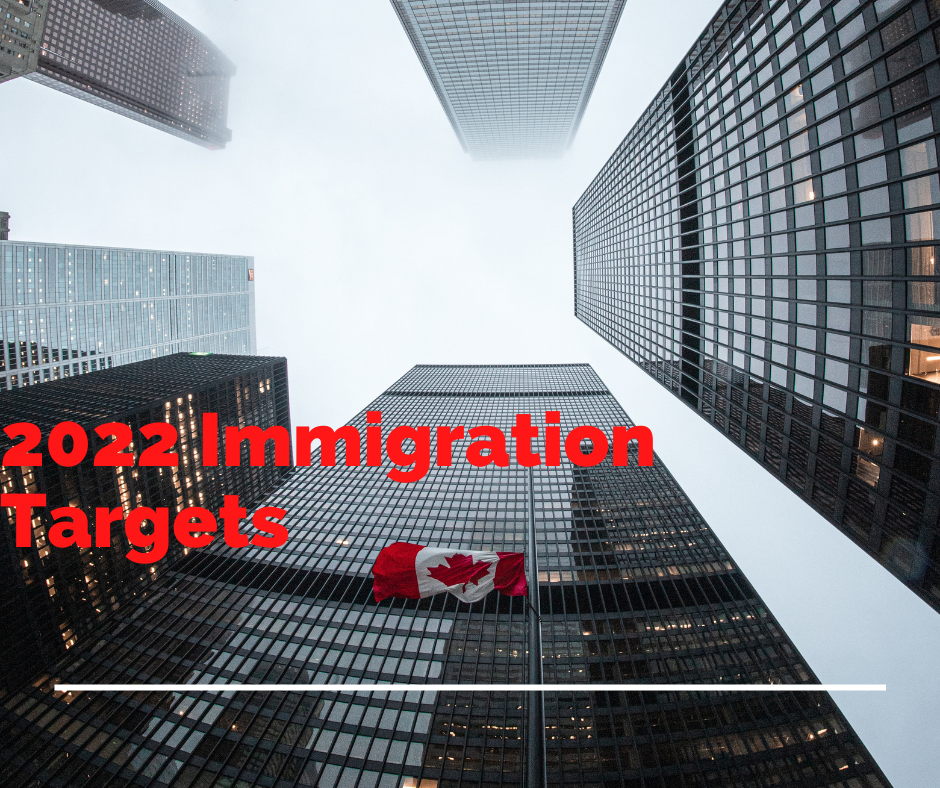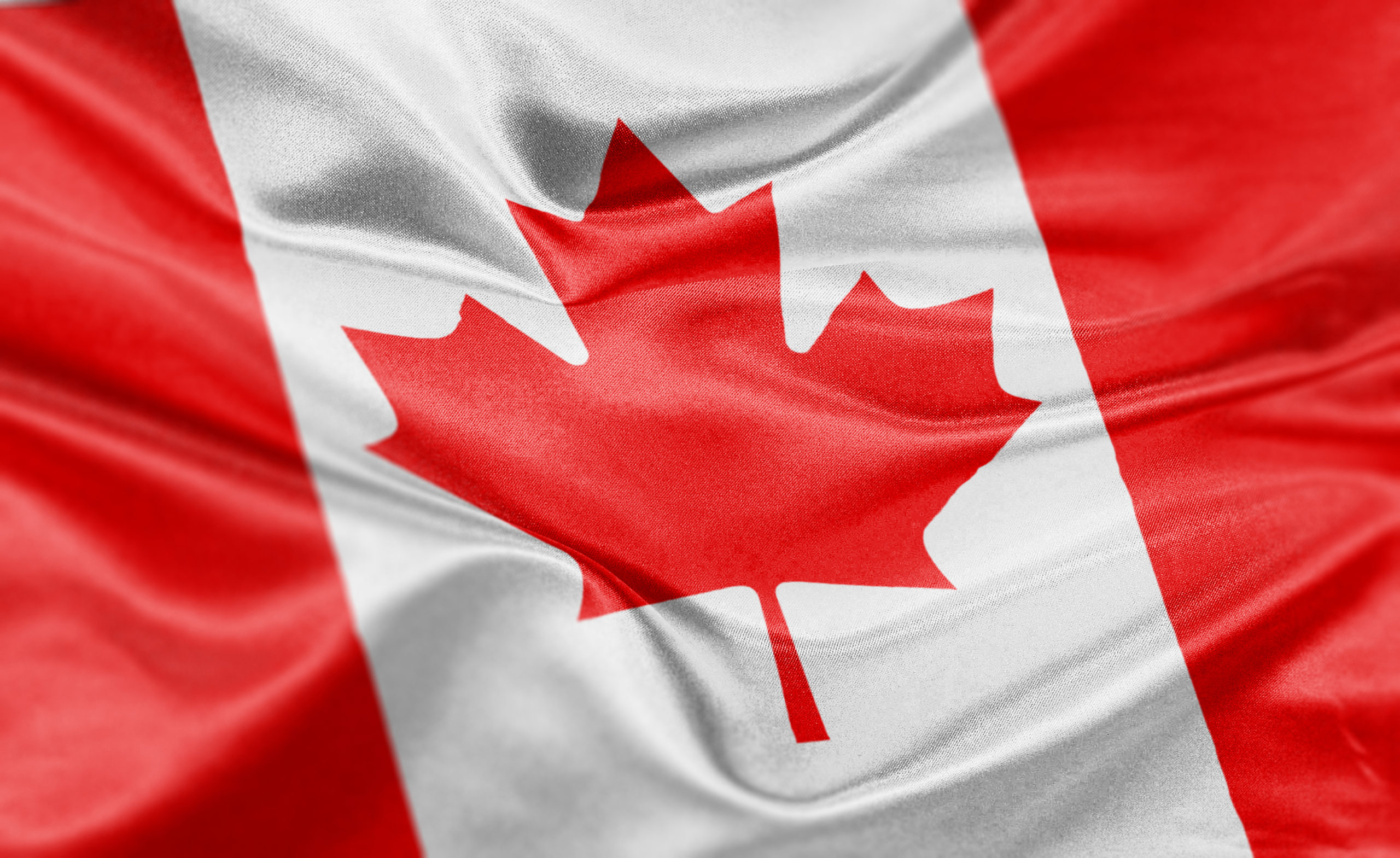It is no surprise that the COVID-19 pandemic has slowed down some areas of Canada’s immigration system. However, many are confused about which approvals are taking longer, and how long that wait may be.
For much of the first wave, many approval processes came to a grinding halt. This was uncharted territory and the government had to decide what was most important at that moment.
The government of Canada has stated its priority is bringing Canadian citizens abroad back home. Because of the virus, this takes a lot of extra processing time, which has put other applications on the back burner. Applications from vulnerable persons are also high priority, as are essential workers.
Non-Canadians who do not currently hold valid status, then, are made to wait longer. Those applying for work permits fare better than most. The pandemic has created a gap in the labour market which Canada is struggling to fill on its own. Therefore, the immigration programs in place are immensely valuable. However, there is still a long application period, since the candidates must be screened for COVID-19 and state a quarantine plan on top of their application process.
Permanent residents who have a spouse not currently living in Canada have been the most frustrated group through all of the pandemic struggles. Permanent residents are able to sponsor their spouses to boost their chances of being invited to come to the country. This process typically takes less than 12 months to complete. With COVID, it may now take over 18 months, a period which many say is too long for their families to remain divided. Additionally, it may vary depending on the living situation of the permanent resident. If they are currently outside of Canada, obtaining sponsorship may be more difficult.
On the federal and provincial levels, draws were still held to issue Invitations to Apply for permits and PR status. However, many of them had set goals for the year which they quickly surpassed. Some provinces, like Alberta, held off on any further draws for the second half of the year, citing precaution against the coronavirus as the main reason.
This begs the question: where are we now?
COVID-19 has drastically changed our way of life and how we do things. Travel is restricted and most businesses are operating online only. However, the government of Canada is determined to keep immigration services running smoothly. Here are some of the country’s goals for immigration in 2021, and a few of the ways the coronavirus is affecting them.
Now that we are almost a year into the pandemic, we understand the measures that must be taken to keep everyone safe. This has allowed for things to resume at close pace to it was before the shutdown. With most office doors remaining closed, one benefit is that most operations are online.
This year marks the beginning of Canada’s 2021-2023 Immigration Levels Plan, where the country will target its highest level of intake yet. The government hopes to welcome 401,000 newcomers by year’s end. The number is projected to increase by 10,000 each year.
This is already being reflected in the number of draws held, and volume of candidates accepted in those draws. Some draws have seen an influx of invitations granted, like the historic draw of February 13th, 2021, which distributed a record 27,332 invitations to candidates.
As part of the Immigration Levels Plan, The government plans to process more spousal applications. Immigration, Refugees and Citizenship Canada (IRCC) plans to process applications from 80,000 spouses this year, and have them processed in 12 months or under again.
So, while the pandemic has certainly thrown a wrench in things, Canada is bouncing back rapidly and assures that this was only a temporary setback.









